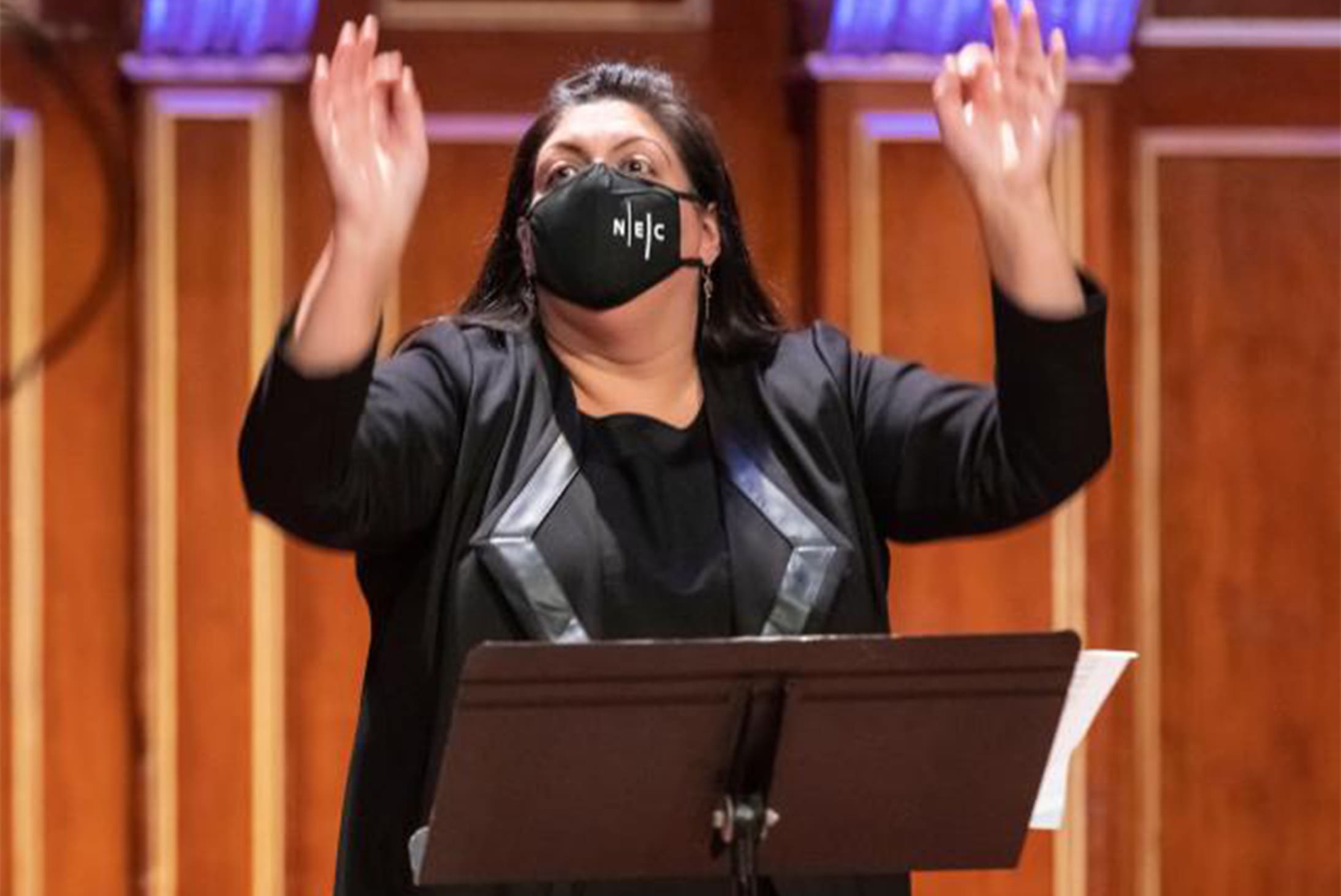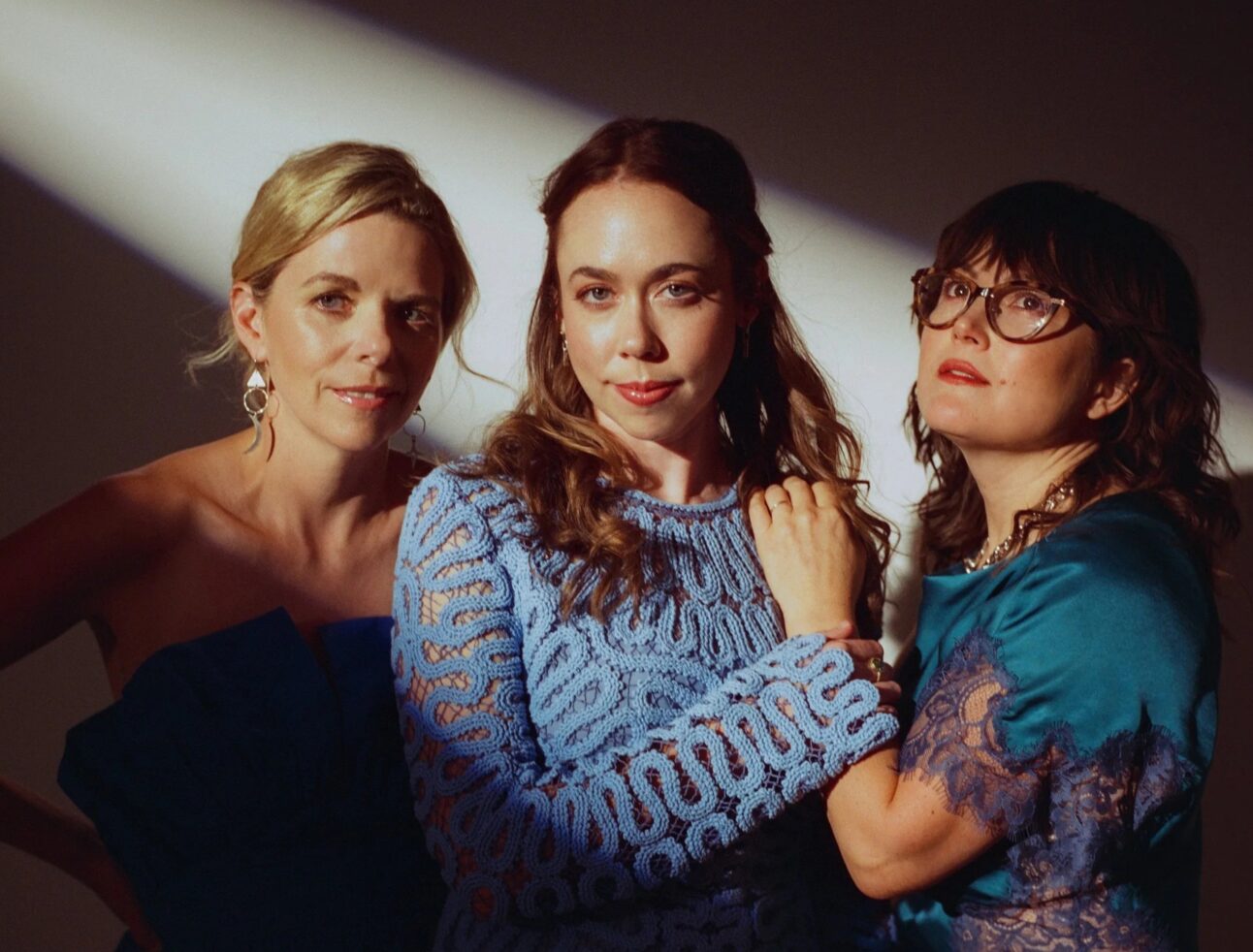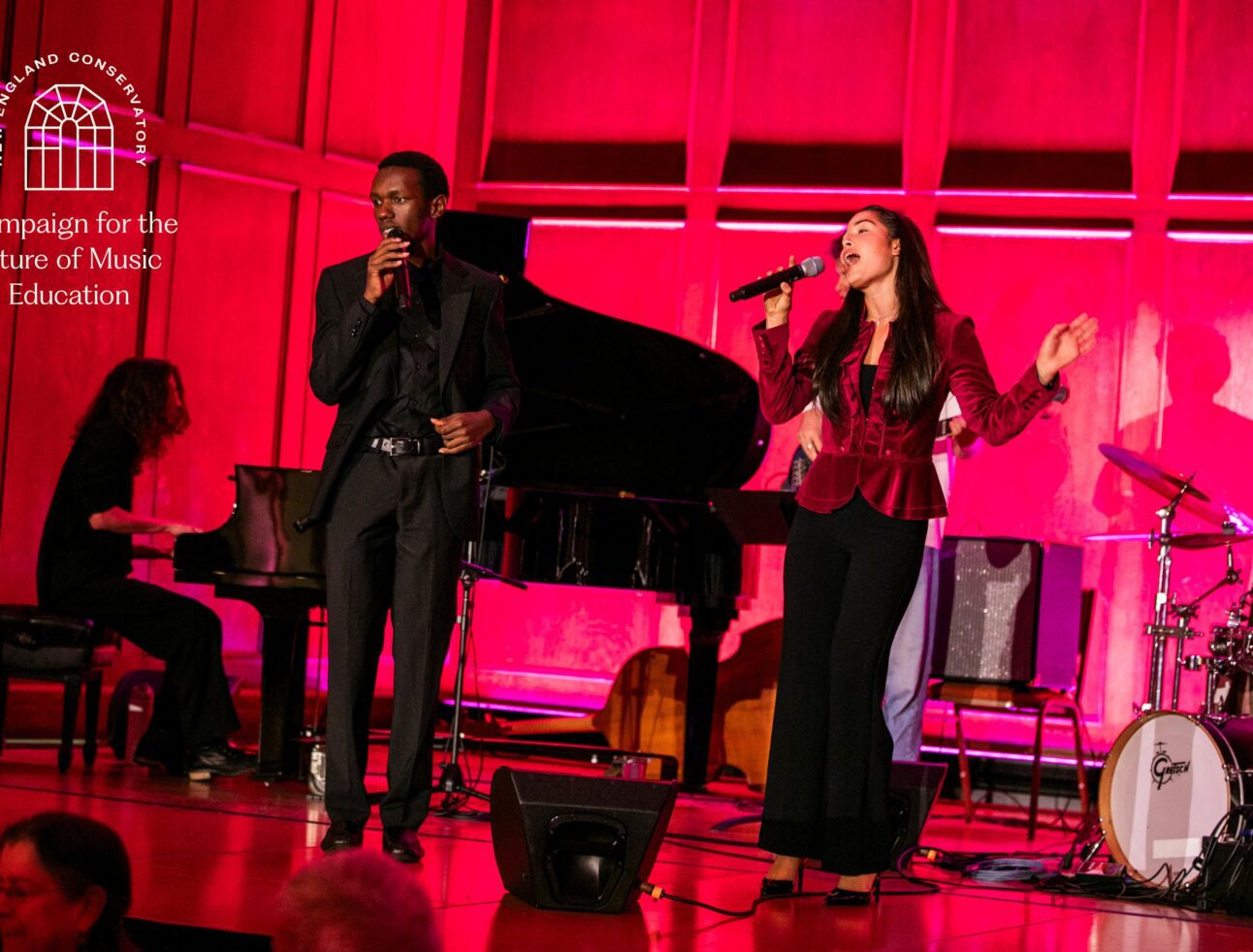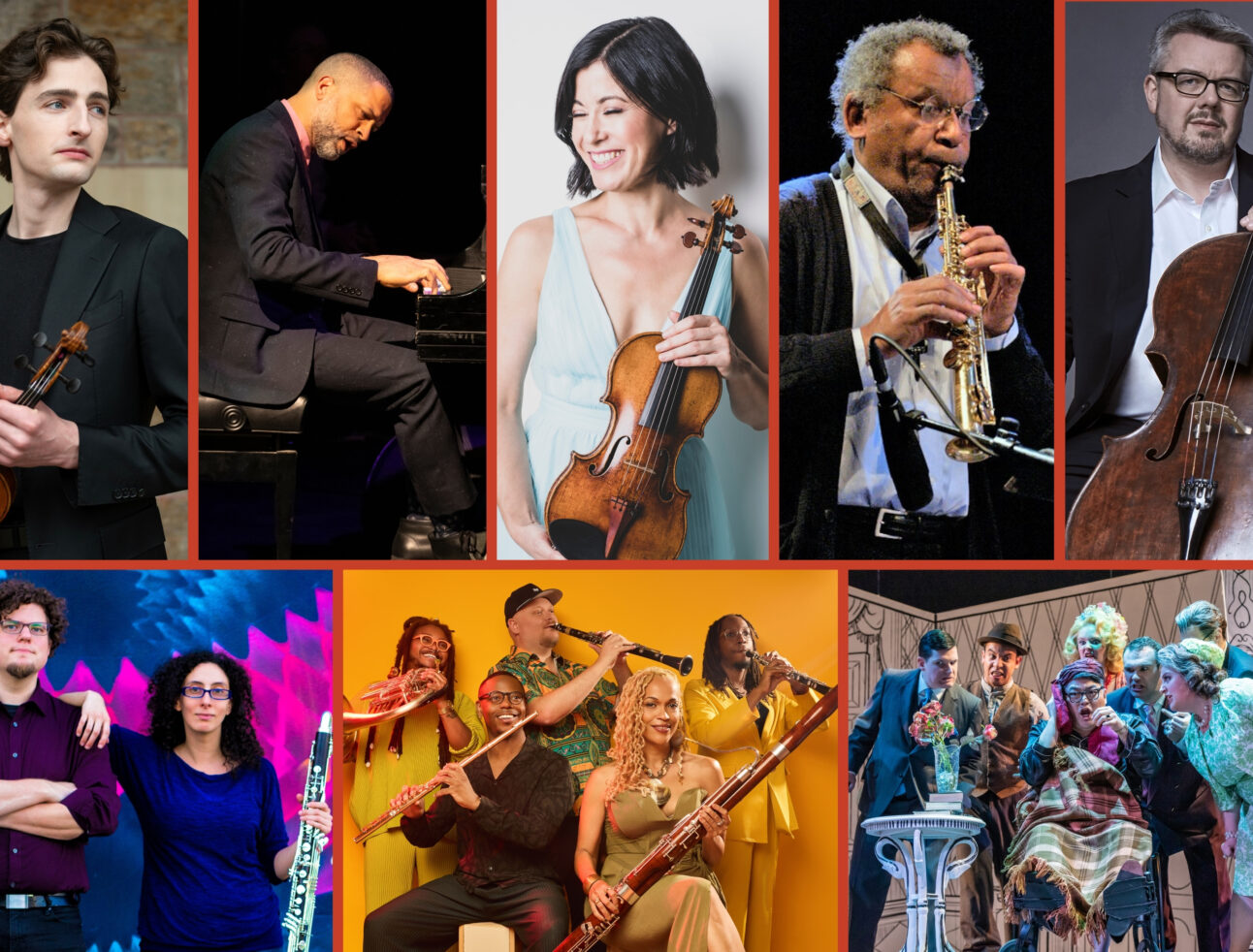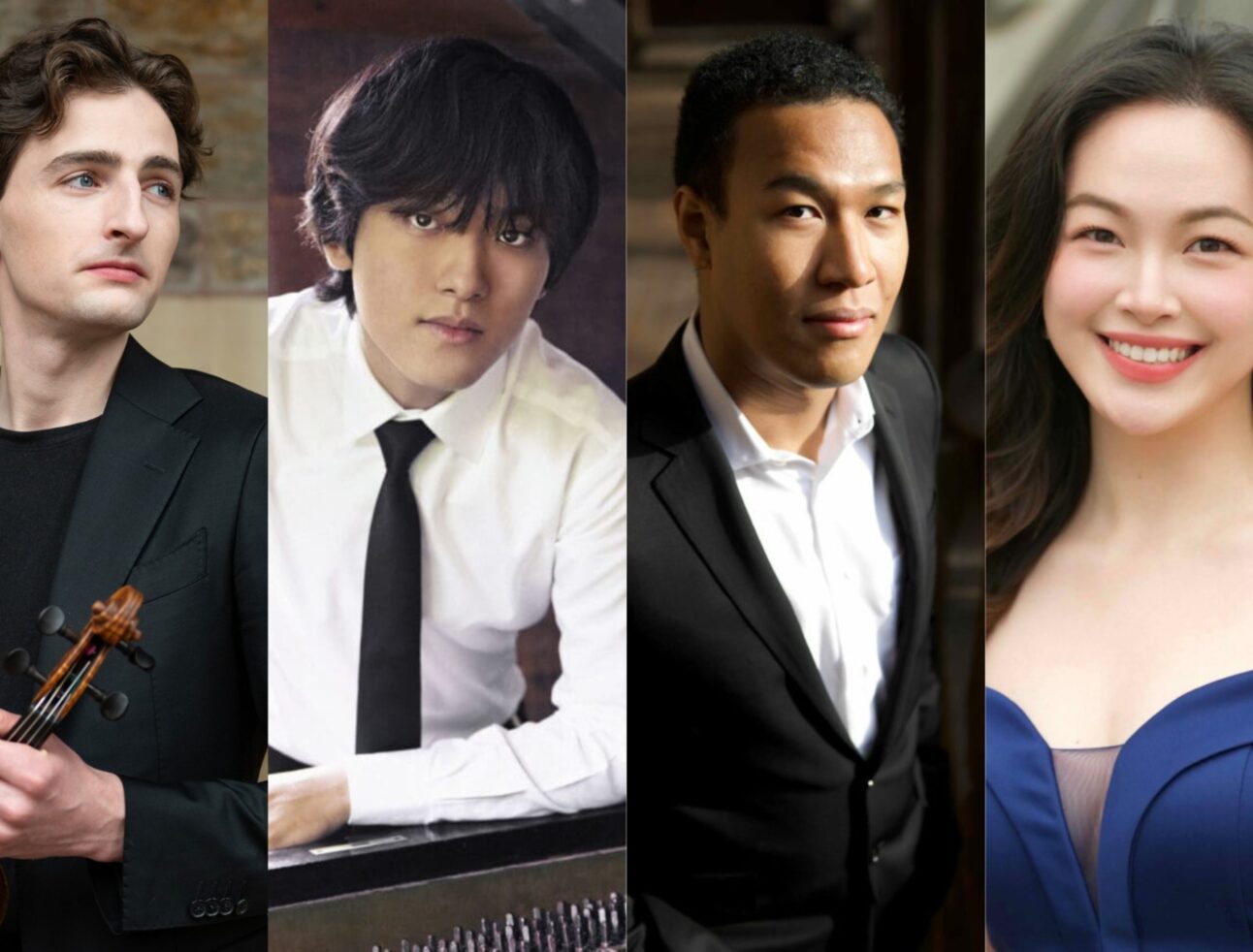Erica J. Washburn, NEC’s Director of Choral Activities, reflects on the challenges of the past year while looking to the future.
Later this month, NEC choirs will be performing for live audiences in Jordan Hall for the first time since March 2020. In advance of these performances—Joby Talbot and Robert Dickinson’s “Path of Miracles” with the NEC Chamber Singers on November 16, and Carl Orff’s “Carmina Burana” with the NEC Symphonic Choir and Chamber Ensemble on November 29-30—we spoke to Erica J. Washburn, NEC’s Director of Choral Activities, about the return to campus with her students, the meaning behind the concert programs, and what she’s looking forward to most in the rest of the academic year.
How has this semester been so far with the return to campus for you and your choral students?
In some respects, business as usual, and in other ways, we’re all still adjusting. NEC choristers understand that whether they sing 16 feet, 6 feet, or shoulder-to-shoulder in terms of spacing, excellence is expected. That said, distance, combined with masking, makes hearing and reading musical cues from each other significantly more challenging, but I believe these protocols are helping the students’ development when it comes to auditory and visual cuing response.
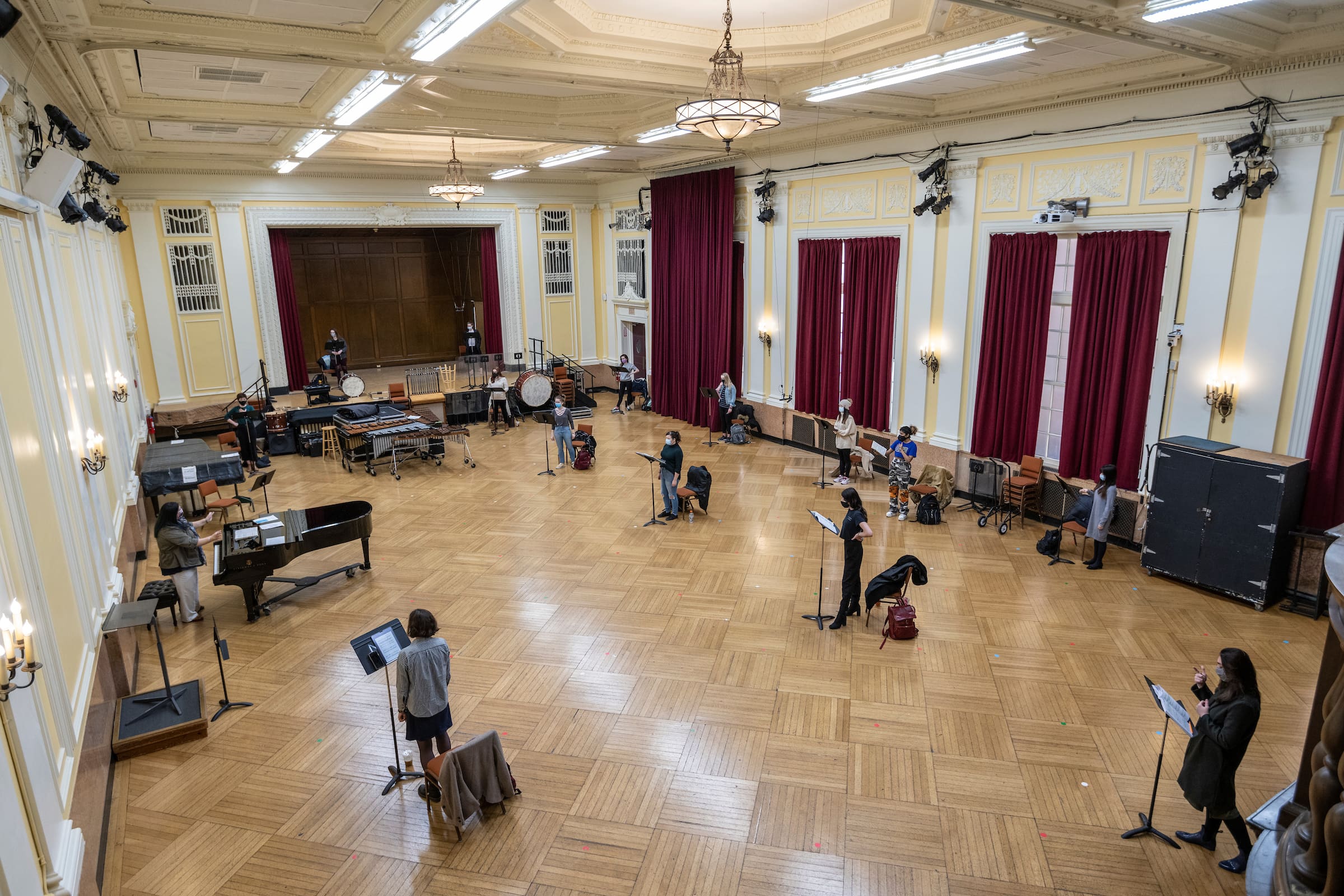
Tell us about the upcoming Chamber Singers “Path of Miracles” concert, and the significance of this selection during the ongoing global COVID-19 pandemic.
March 11, 2020 was the last time an NEC chorus performed for a live audience in Jordan Hall. When I found out we would have live audiences this fall, I immediately began thinking about what the first choral sound should be after a 20-month hiatus. Paired with that singular, consuming thought, I wanted to choose a work with a text that reflects the journey we have all traveled since that March, and how our lives, and the lives of those around us, have transformed. We have all been changed due to the pandemic – that is irrefutable. The how of that change, however, is deeply personal; where there is growth, there is also loss. We must let go of ties so that we may move forward.
Joby Talbot, in partnership with Robert Dickenson, beautifully captured that poignancy in the libretto of Path of Miracles, which so closely aligns with intrapersonal experiences on a pilgrimage. Every Chamber Singer involved in this performance has spent time reflecting on the text of this work, some having found their musical connection through the sacred, others through pure grit, having been challenged on a musical-professional level they had yet to experience. Their artistic dedication changes me every day, and I know they will change those who are open to listen on November 16.
And tell us about the upcoming “Carmina Burana” concert with the Symphonic Choir. What inspired you to select that piece for the choir to perform?
When it came to selecting a masterwork for the Symphonic Choir, I needed to consider continued COVID-19 protocols in place at the college, but also find a collaborative choral/instrumental piece that would, at its core, exclaim to anyone listening that choral music-making, with a live audience, has returned! I couldn’t think of a more quintessential declamatory opening measure than Orff’s Carmina Burana O Fortuna to capture that sentiment. I think one of the most important lessons humanity has learned throughout the pandemic is that individually, and even collectively, we are not always the captain of our ship (i.e. fate). Orff’s selected poems from the Carmina Burana reflects this – one moment the poet is at the top of the Rota Fortunae (i.e. Wheel of Fate), other times in a position of rising on the wheel, and sometimes, on the downward arc. We are but specks of dust attached to the wheel, always at the whim of Fortuna’s spin.
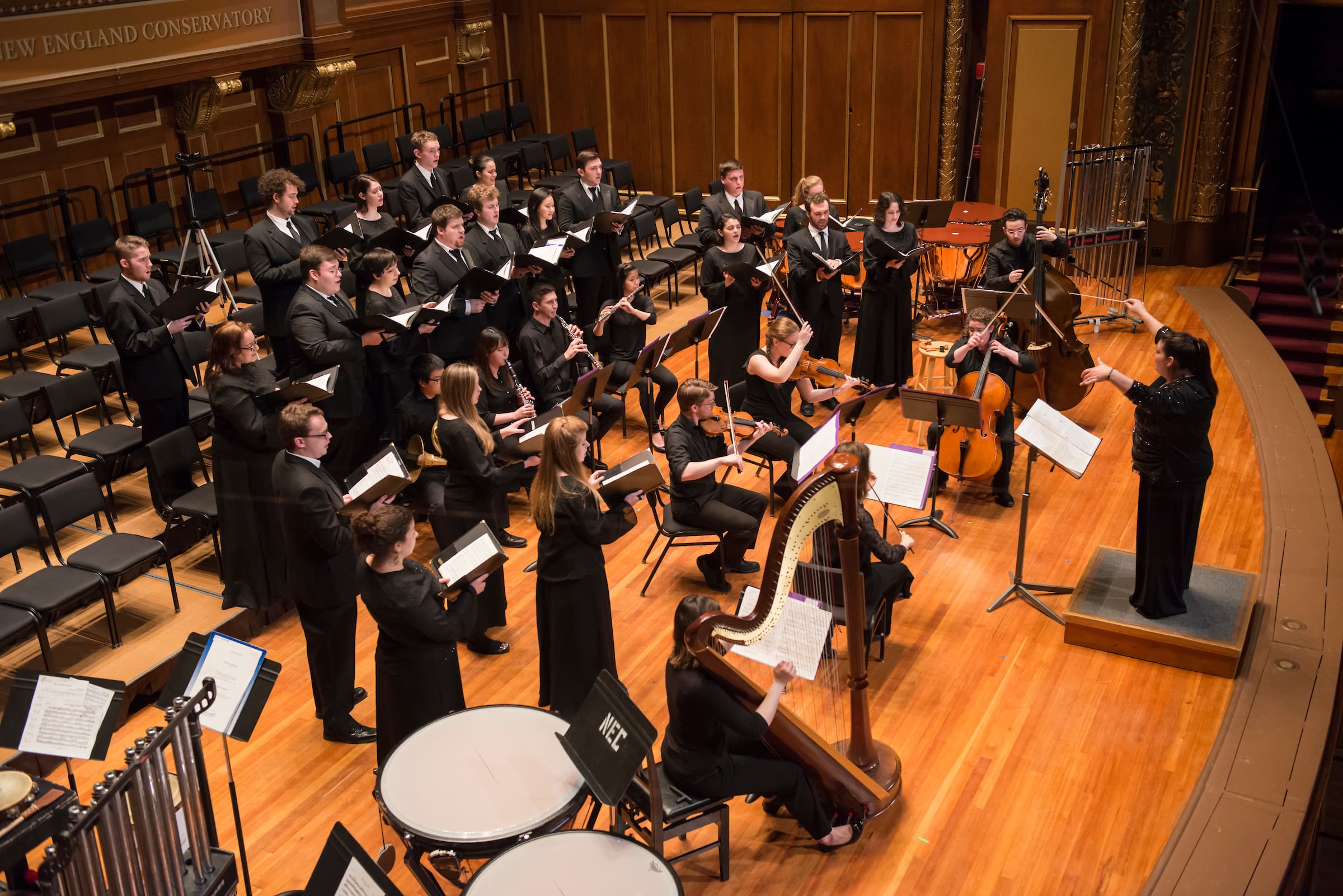
What about these upcoming concerts are you most looking forward to?
I am always excited by the prospect of what additional musicianship NEC students bring to the stage during a performance, but what I’m most looking forward to, for both of these concerts, is our first rehearsal in Jordan Hall. It has been so long since the choirs have been together in the space, and for some of our students, they have yet to sing in the space at all. What I love most about being a conductor is having the privilege of being the vessel to receive the first sound any ensemble I am working with creates, and more importantly, is willing to offer. I cannot wait to hear both choirs (and our instrumental collaborators) create that together, and bear witness to the excitement and joy it brings them.
What are you and your students looking forward to for the rest of the year ahead?
Our spring semester will continue to focus on 20th and 21st century choral / orchestral works; Shostakovich Symphony no. 13, Bartok’s Three Village Scenes, Hella Johnson’s Considering Matthew Shepard, as well as Stravinksy’s Symphony of Psalms and Les Noces. The sounds of Russian, Hungarian, Latin and English languages will fill the rehearsal halls, as we continue taking more steps toward a return to side-by-side choral singing.
